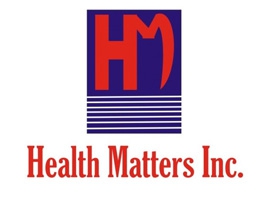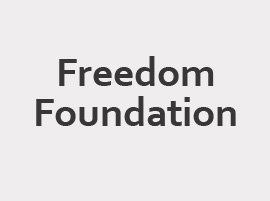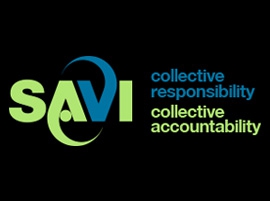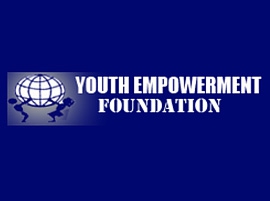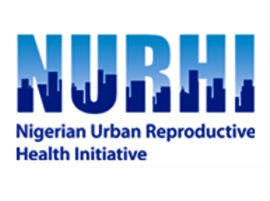Death looms over 2.2M severely malnourished children in northern Nigeria
Wednesday, November 30, 2016

Without urgent intervention, about 2.2 million severe acute malnourished children in northern Nigeria will die due to inadequate Ready To Use Food Therapy (RUTF) at treatment sites.
This calls for immediate funding for procurement of RUTF for Community Management of Acute Malnutrition (CMAM) program continuation and scale-up in 2017.
Policy makers highlighted this during a two-day summit on financing nutrition in northern Nigeria held at Tahir Guest Palace, GRA Kano State on 24th and 25th November, 2016.
The meeting organized by the Federal Ministry of Budget and National Planning in partnership with Civil Society Legislative Advocacy Centre (CISLAC) and United Nations Children’s Fund (UNICEF) with support from UKAID and Children’s Investment Fund Foundation of UK, drew over 70 leaders from State Houses of Assembly, States Ministries of Health, Budget and Economic Planning, State Executive Secretaries, Federal Ministry of Budget and National Planning, Federal Ministry of Health, civil society groups and the media.
After exhaustive deliberations, the policy makers noted that delay in domestication and implementation of the existing national policy guidelines on nutrition by the States, hampers efforts to address malnutrition.
They observed that inadequate budgetary allocation to nutrition and delay or non-release of nutrition appropriated funds by state governments are affecting malnutrition intervention.
According them, food insecurity, inappropriate feeding habits, poor awareness on acceptable adequate diet, insufficient health facilities and services are contributory factors to maternal and child malnutrition across the North.
The Policy makers agreed that malnutrition is a major health crisis in Northern Nigeria and government need to explore opportunities for local production of RUTF.
They called for immediate release of 2016 nutrition allocation and adequate funds in the 2017 states’ budgets to scale up nutrition interventions, and for development of legal framework by the State Houses of Assembly to create ownership and institutionalize dedicated nutrition budget lines



